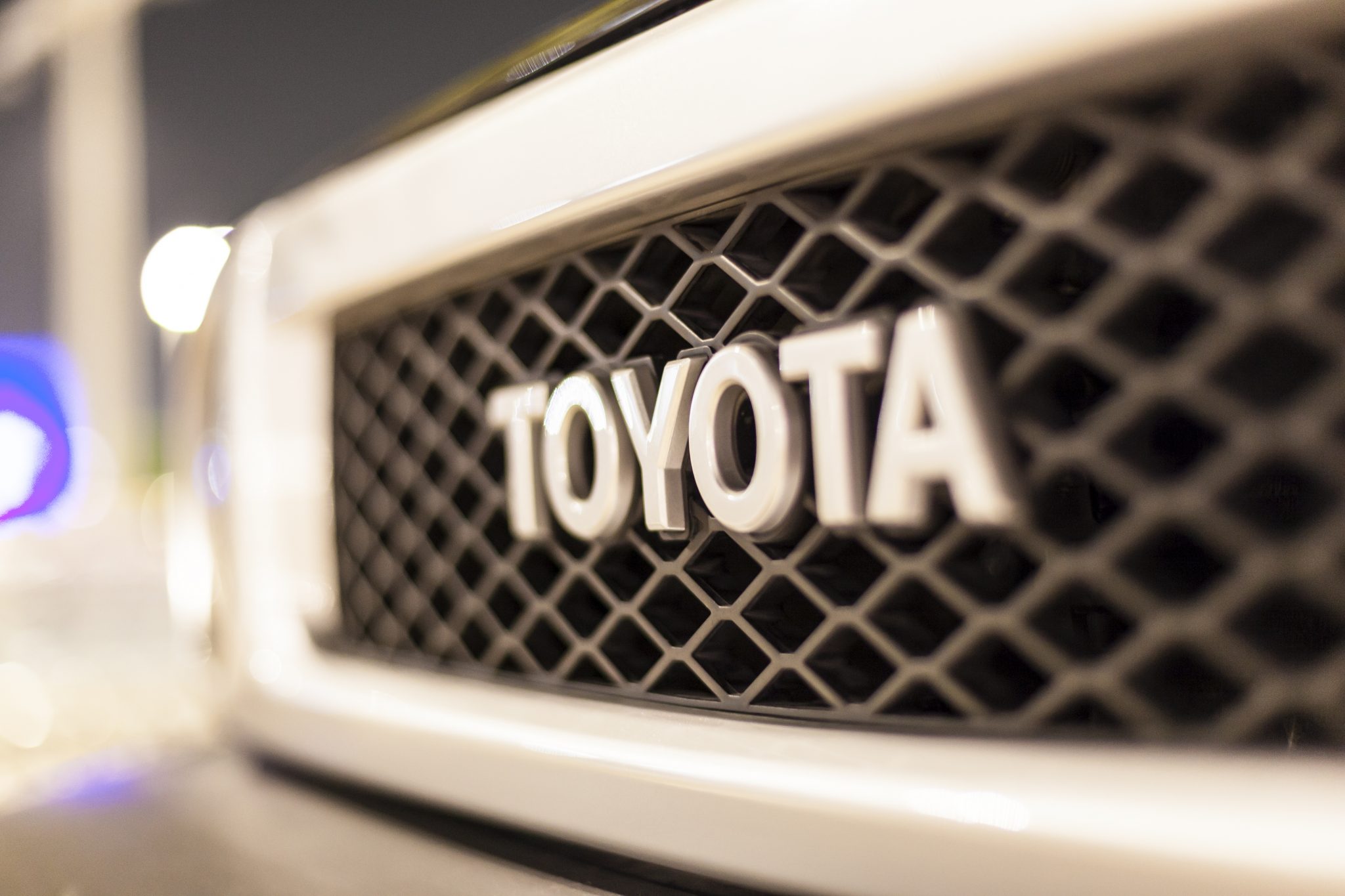At the close of July, there were many reports about the sales performance of the auto industry. While there are some bright spots, the market experienced a 7 percent drop compared to the same time last year and saw overall sales of 1.42 million vehicles. Accompanying this decline in sales was an increase in discounts by 5 percent which contributed to lower prices paid by consumers overall. However, the discounts were not enough to move vehicles faster, according to US News and Reports, cars sat on the lot an average of 76 days before being sold, the longest period since 2009. While these numbers tell a story, there is also another noteworthy trend that is making automakers pay close attention.
SUVs Are Ruling the Pack
Low gas prices and a desire for roomier car designs have contributed to consumers preferring sport-utility and crossover vehicles to passenger vehicles. While there are discounts and incentives to be had on the latter, at the moment, buyers are purchasing larger vehicles at increased rates compared to smaller cars. This preference has led to more car manufacturers producing greater varieties of crossovers and sport-utility vehicles to keep in line with demand. This trend is a major thread in the July sales numbers.
Sluggish Sales for Most Major Manufacturers
Most of the major manufacturers saw a decline in sales, Ford at -7.4 percent, GM -15 percent and Fiat at -9.5 percent. Nissan and Honda saw minimal declines at 3 percent and 1.2 percent respectively. In keeping in line with preferences for larger vehicles, the Alfa Romeo, Fiat, Mini and Smart car all saw sales of fewer than 5,000 units. The Mini itself saw a 63 percent decline compared to its July 2016 sales. However, even in an apparent slump, a few manufacturers are using branding and the demand for sport-utility vehicles to lead the pack.
Subaru’s Renewed Connection With Consumers
Subaru is one of the only three manufacturers to see gains in July 2017. They had a 6.9 percent increase from last year’s numbers to finish with over 55,000 units sold. These are the numbers, but what is the cause of Subaru’s success and gradual rise to widespread consumer recognition? This could have to do with their departure from the norm of focusing on the performance aspects of their vehicles and instead presenting them as “lifestyle products.” Commercials have touted cars like the Outback and Forrester as the quintessential vehicle for enjoying the outdoors while driving a safe and fuel-efficient automobile. CFO, Toshiaki Okada described their approach to Subaru’s branding at a results briefing:
“We use ‘love’ as a keyword in our marketing. In the past, we focused on selling cars based on their performance, but for years we’ve been promoting our cars as something which will make our customers’ lives more fulfilling.” Subaru has made their cars feel like more than just a tool to get from point A to B, and as a result, they are a huge winner in July.
Toyota Uses the Roomier Vehicle Trend to Their Advantage
Toyota is another manufacturer that posted positive sales numbers in July 2017. The company has noticed the trend toward sport-utility vehicles and crossovers and has delivered on some of their most well known brands. Toyota was the highest seller with over 193,000 units sold, a 3.6 percent increase from July 2016. In March 2017, Toyota saw double-digit percentage gains from the RAV4, Highlander, and 4Runner. In July, the numbers kept growing as the RAV4 continued with a 31.1 percent growth. Another explanation for Toyota’s successful month and the lead up is their attention to marketing the Tacoma pickup truck. Over 17,000 were sold in July, a 4.8 percent increase from July 2016. The Tundra also saw major gains with over 10,500 sold, a 0.7% increase from July 2016. It is clear that Toyota —historically known for passenger vehicles like the Camry, Acura, and Corolla — are successfully riding the trend toward large vehicles with a solid showing in the areas of vehicles like the RAV4 and larger pickup trucks like the Tacoma.
Audi’s Surprising Showing
A smaller winner in July 2017’s car sales is Audi. The company saw a slight sales increase of 2.5 percent. The company is said to be “defying the odds,” since their highest selling vehicle is the Audi A5, a somewhat larger sedan. Cian O’Brien, Chief Operating Officer of Audi America, credits this to the company’s focus on “design and technology.” The company seems to have combined the right blend of technological innovation with giving the customer what they want and need in a car. The battle between passenger vehicles versus sport-utility vehicles seems to have taken a front seat in July’s sales performances. If the trend continues, we will likely see manufacturers who have created successful customer-centered branding around larger vehicles lead the pack.








